The United Kingdom is used to frequent rainfall, and in recent years we have experienced persistent heavy rain, storms and flooding. Now, the UK Met Office is predicting that England is again set to experience severe flooding in February 2023. These end of winter floods would be a result of a powerful pattern influenced by cooler temperatures in the Pacific, named La Niña. Flood prevention is more important than ever. To help protect your business, we’ve outlined some useful tips for flood and leak prevention.
My business isn’t located near water, do I need to prepare?
Many businesses that aren't located near large bodies of water tend to forget about flood damage, but it's important to remember that water damage from flooding isn't restricted to just those in coastal or flood risk areas. Flood damage can be caused by river flooding, extreme precipitation, water main breaks and internal plumbing failures. Additionally, melting snow and even invasive tree roots can cause water damage from flooding.
Businesses that have flat, accessible entrances are likely to let in water during heavy rain. Similarly, roller shutter doors at warehouses or industrial estates can be a perfect solution for businesses with high volumes of forklift traffic and large trucks needing access, but again are likely to let in a lot of rainwater.
How to prepare your business for flooding
Preparing ahead for flooding will help ensure you can respond to an incident in the most efficient way possible. You can do this by creating a flood plan.
What is a business flood plan?
A flood plan is a written document that details how your business will respond to a flood. If a flood is imminent, your main priority must be to make sure that employees are safe. You should review and update your plan at least once per year.
Some of the things to include in your flood plan is:
- Make sure that the business managers have signed up to Environment Agency flood alerts and warnings, and make sure everyone understands what they mean.
- A description or map showing locations of key property, protective materials, and service shut-off points.
- Investigate the different property flood resilience (PFR) measures that could be used on your property.
- Check with your insurance company that it covers flood damage to buildings, contents and stock and business interruption as well as lost revenue cover.
- Back up both paper and electronic records and store them off site, out of the flood risk area but close enough for easy access in case of emergency.
- Make a list of all staff who work on your premises and their contact details in case they need help evacuating after a flood. Make a note of vulnerable staff members who may require assistance in an emergency evacuation situation.
For more information read the gov.uk flood plan guidance.
Mitigation measures
We are experts in spill control and containment, so we know the damage that can be done when hazardous liquids are exposed to flood waters. In your flood plan you should note the location of chemicals, oils or other hazardous materials that could be dangerous or contaminated flood water. These should be stored safe from floods and other damage using the appropriate containment equipment.
Here is a list of some of the equipment that should be used to contain hazardous materials in the event of heavy rain, storms and floods:
Spill Pallet Covers
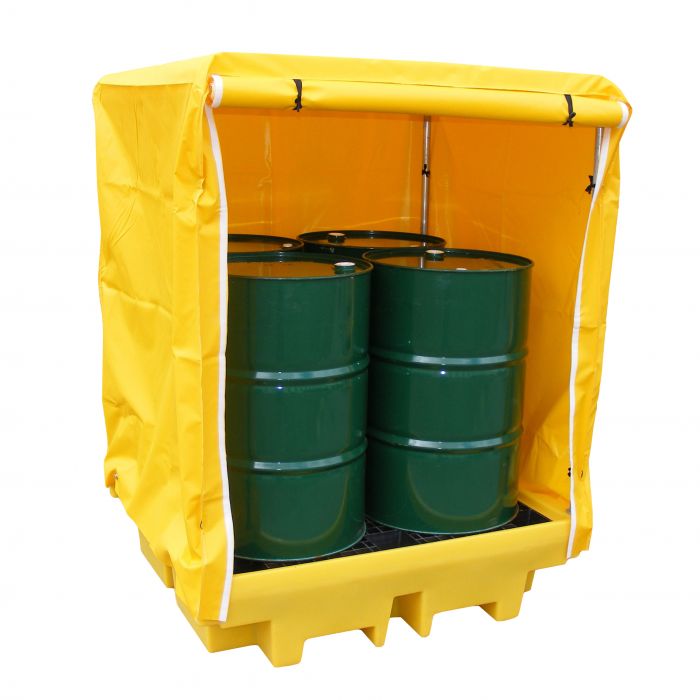
Spill pallets are designed to protect containers from the elements, but they can fill with rainwater and in the event of a container leak, oil and chemicals could escape. Our range of spill pallet covers offers ideal protection for containers from UV, heat, cold, wind and rain.
Ceiling Leak Diverters
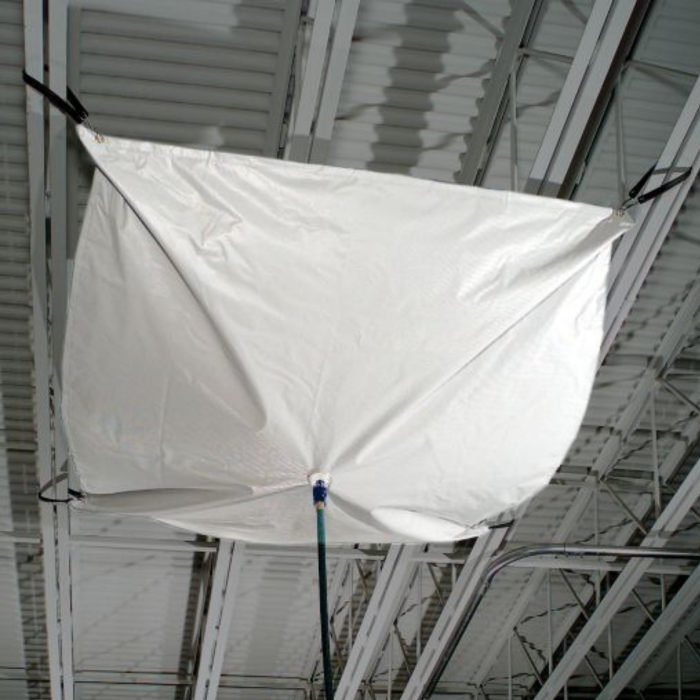
Ceiling/ roof leak diverters are used in order to catch leaks from roofs due to heavy rainfall, then funnel this liquid into a container, reducing the potential damage from rain water damage to carpets, stock or equipment.
Spill Kit Protection Cover
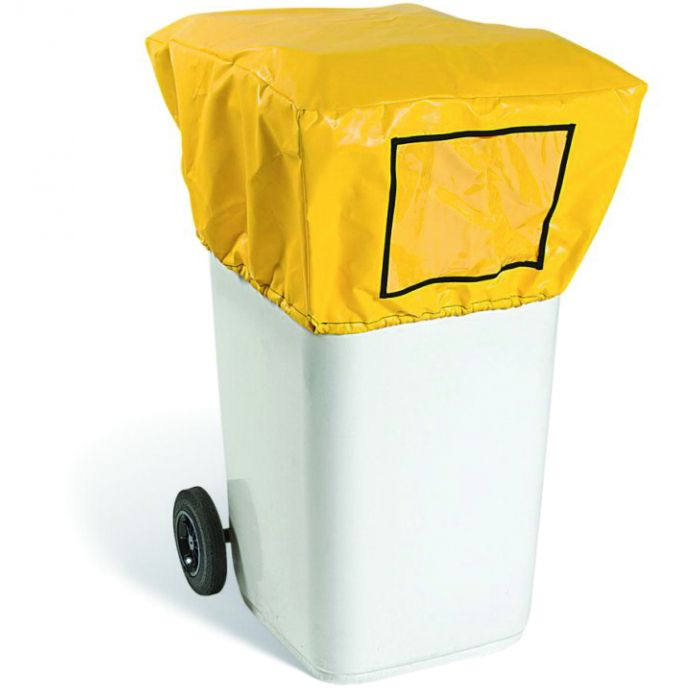
Spill Kit Protection Covers deter tampering, protect the contents from the elements (including rain) and help ensure your spill kits are fully stocked and fit for purpose.
Be flood prepared
So if you are located in a high flood risk area or simply want to ensure that you're prepared for all extreme weather events, make sure you are able to create your own flood defences system before future floods occur. Sadly, once the flood gates open this is often too late to get the right equipment in place. Check out our range of flood protection products or get in touch with our experts to discuss your specific needs.








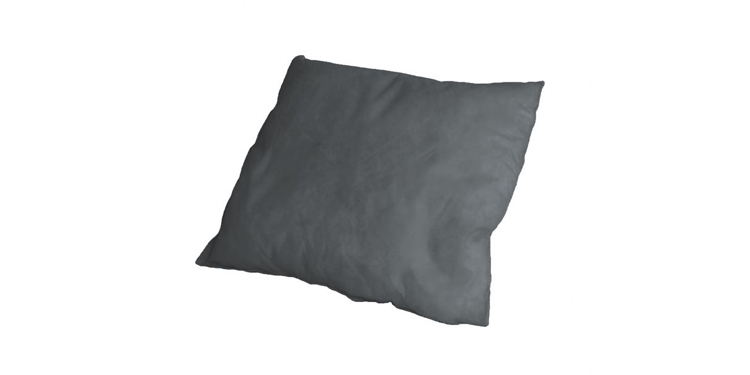
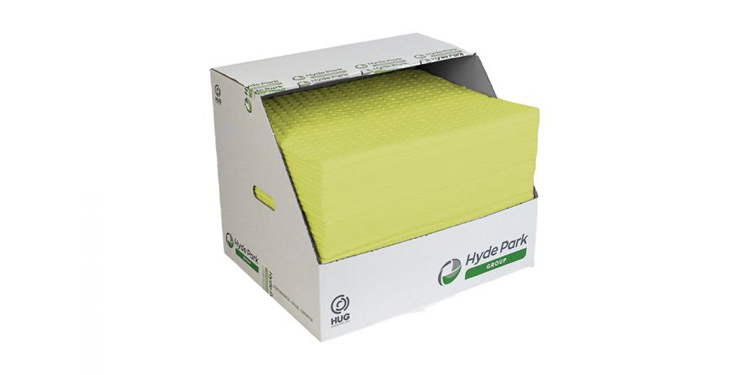
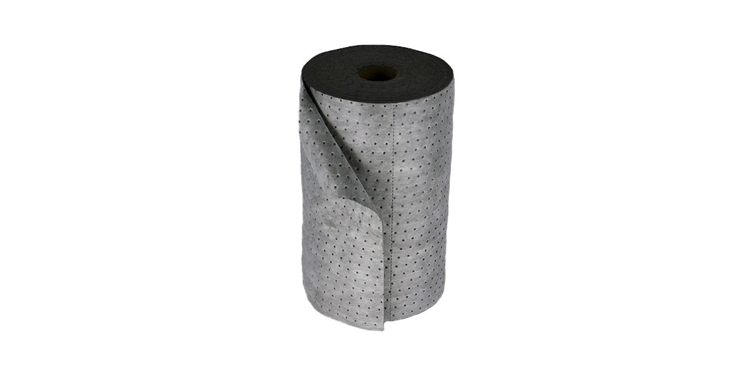

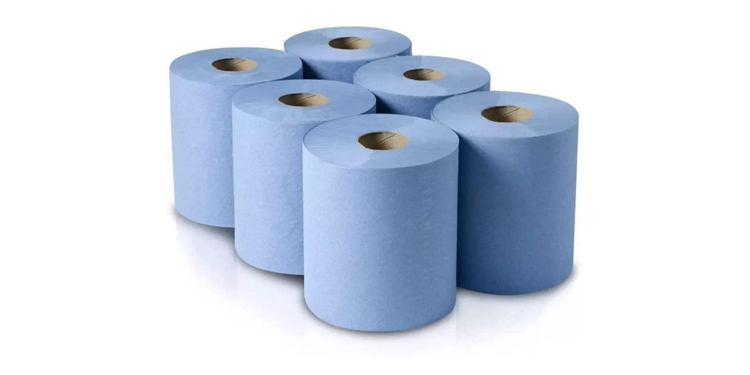
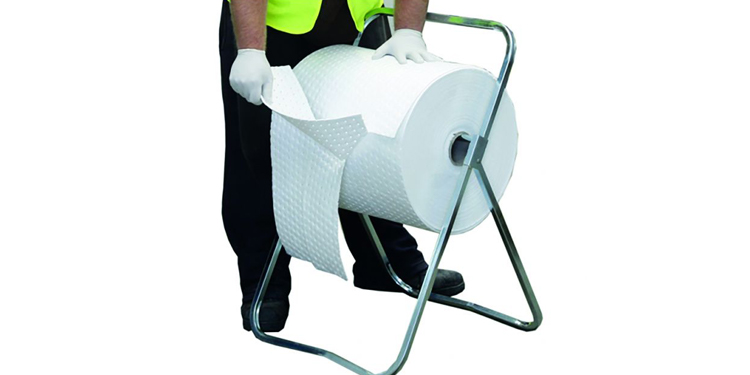
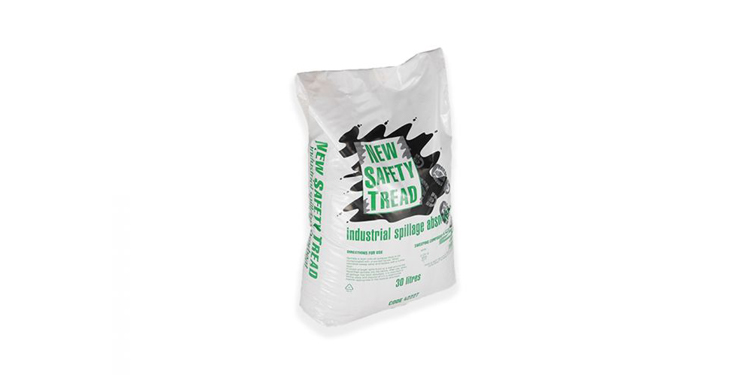
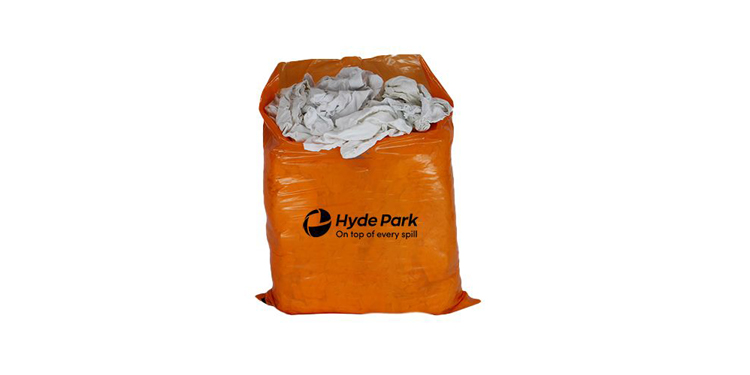

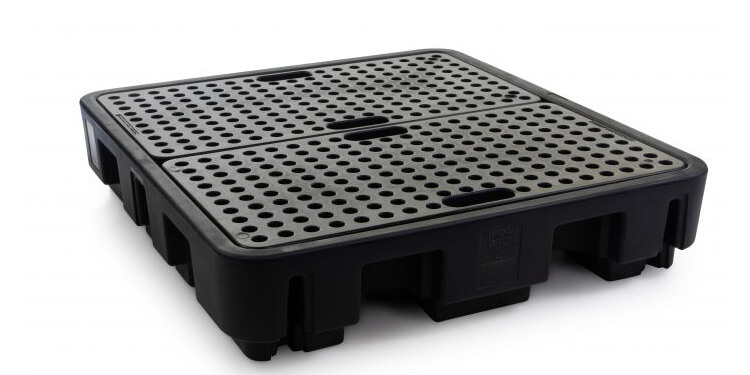
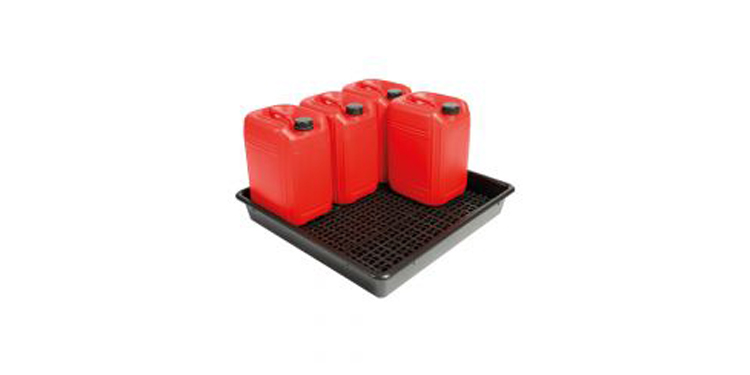
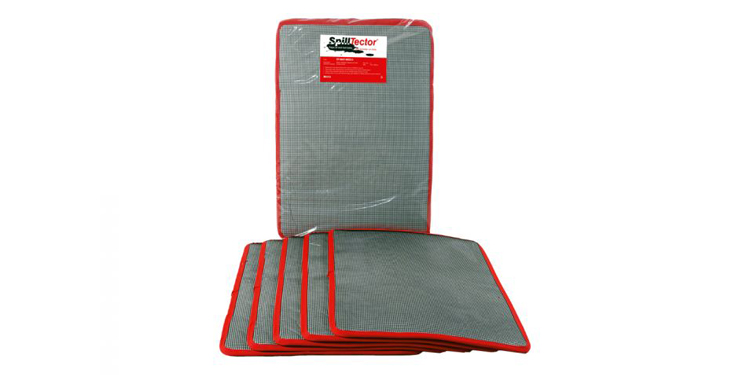
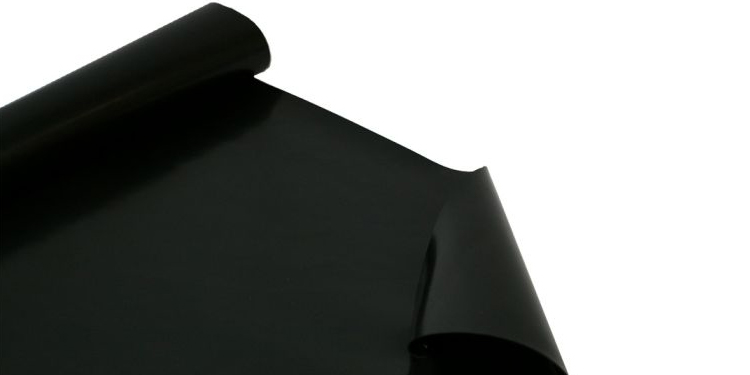
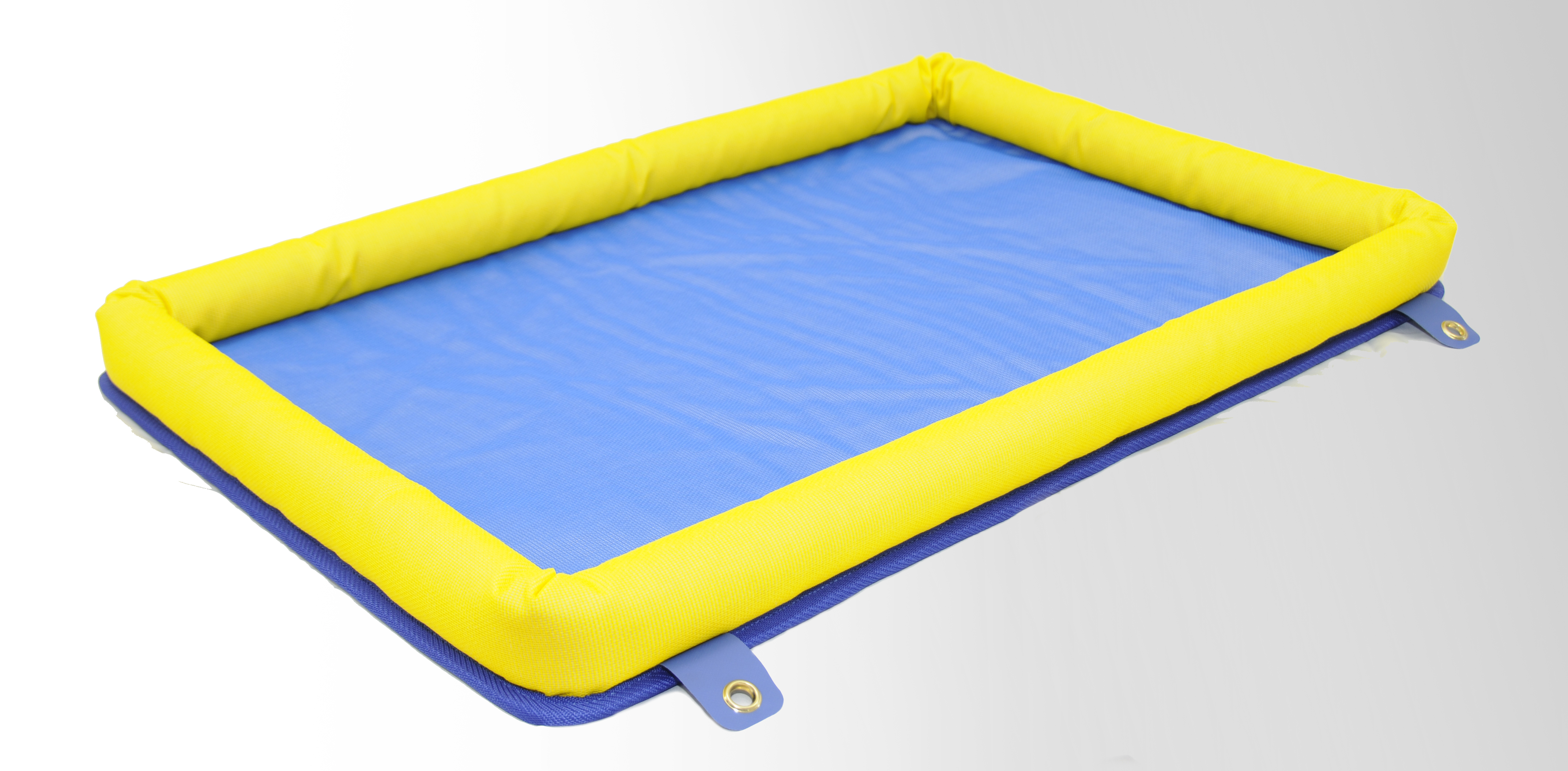


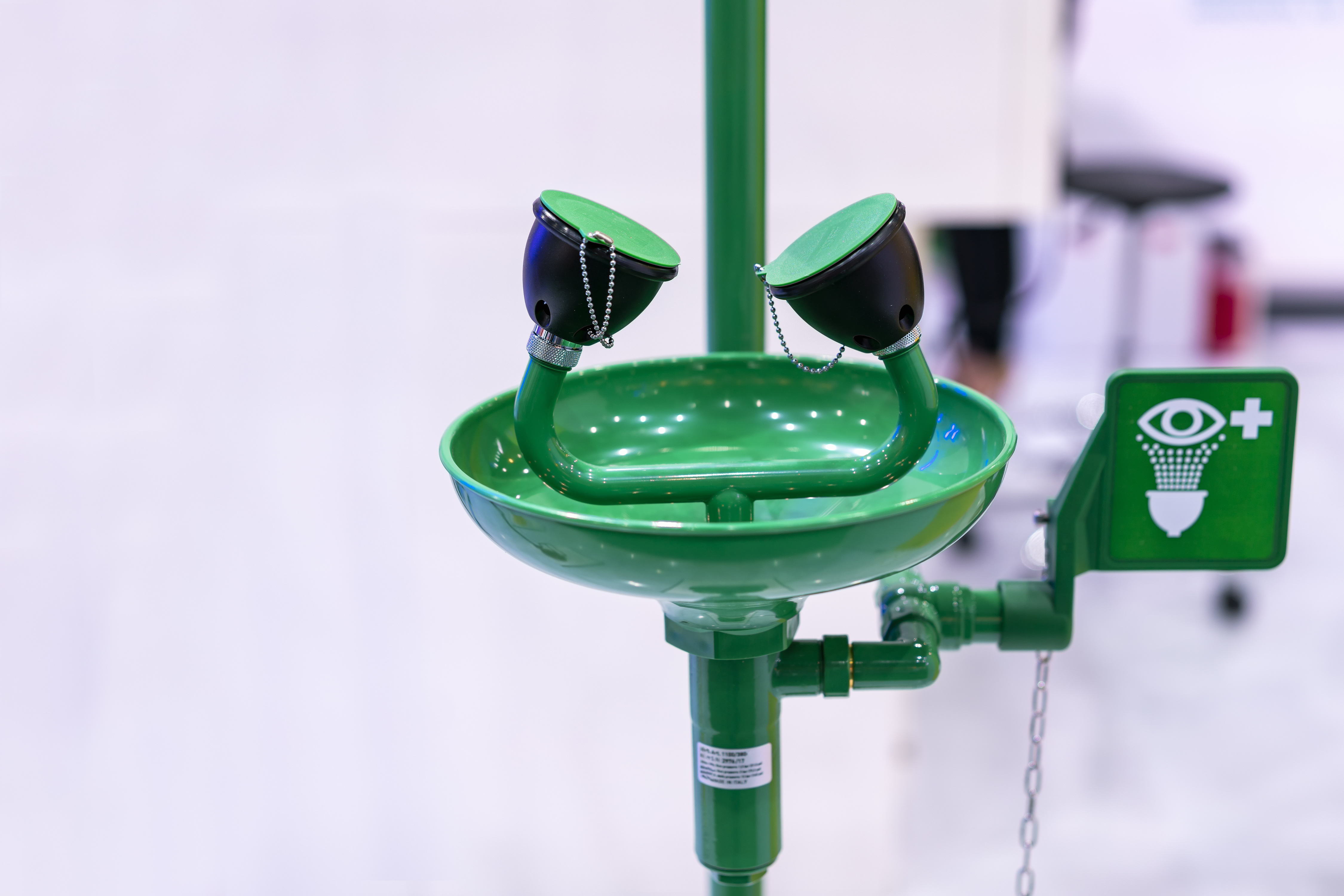
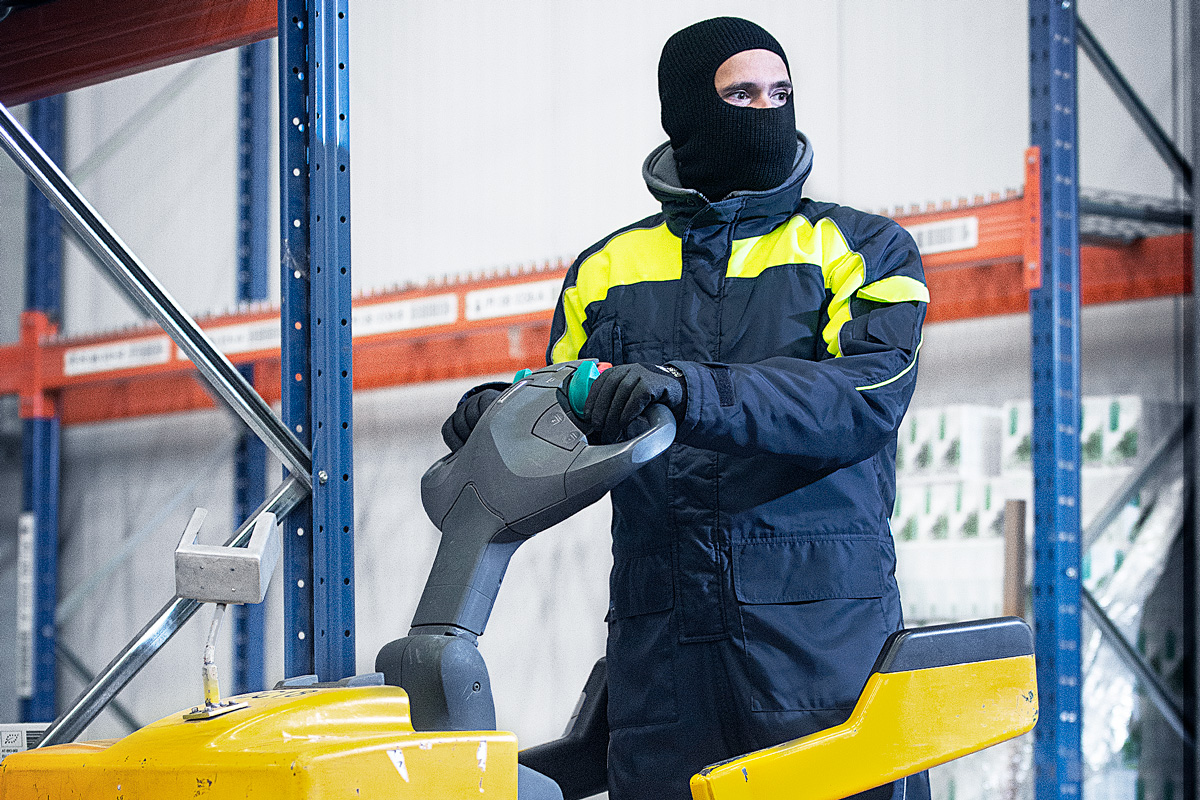

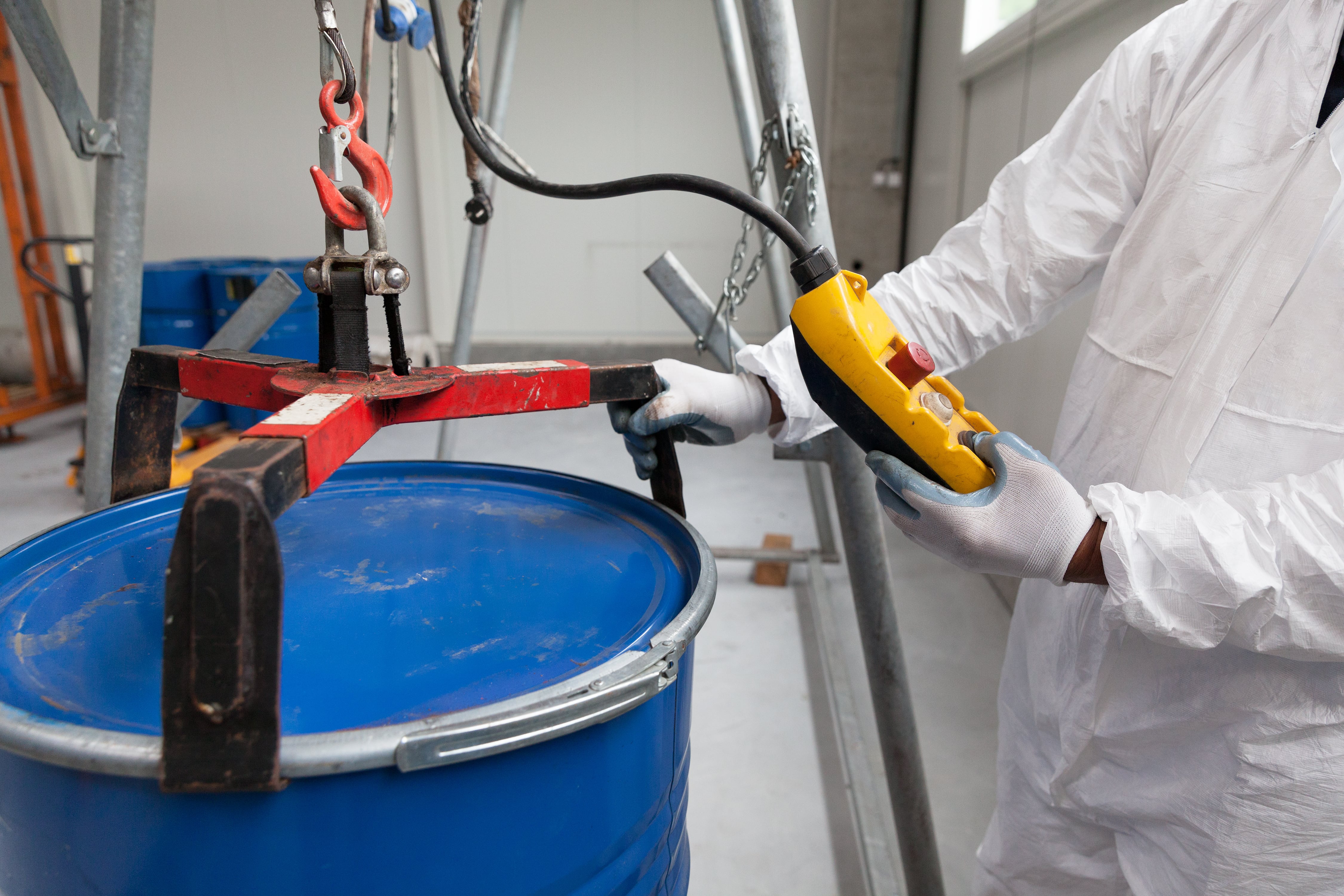
 Price Match Promise
Price Match Promise Same Day Despatch
Same Day Despatch On Site Support
On Site Support Account Managers
Account Managers